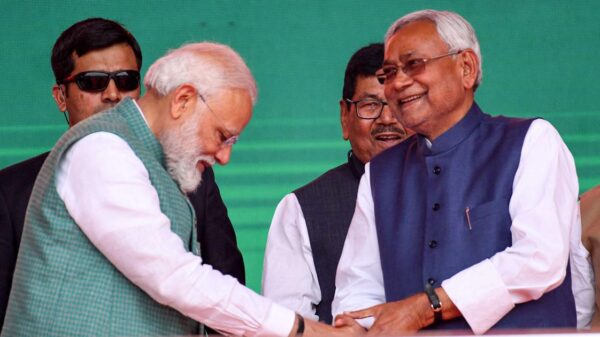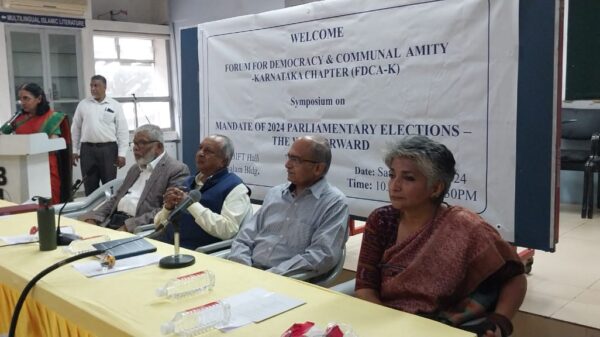Bahadur Shah Zafar ascended the Mughal throne on 28th September 1837 at the age of 62. He succeeded his father, Emperor Akbar Shah II. He was the last Mughal emperor of India and was a follower of Sufism and was even regarded as a Sufi Pir. This is the detailed explainer on Zafar’s cultural impact.

Source: Hindustan Times
He was a tolerant king and even states in one of his verses that both Hinduism and Islam had the same essence. Being sensitive to the art and beauty of things, he forged his craft in poetry, music, and calligraphy. He was said to be more interested in Sufism, music and literature than in the political matters of the country. This is one of the reasons why he wasn’t the preferred choice for the throne after his father.

Source- The Dharma Dispatch
While Zafar was himself a mystic, poet and calligrapher of great charm and accomplishment, his greatest achievement was perhaps to nourish the talents both of Urdu’s supreme love poet, Ghalib, and his great rival Zauq. He himself was a great poet who wrote four diwans. Zafar was his poetic surname. His court was the home of large number of great Urdu poets of the time. In fact the Urdu poetry flourished during this period because the patronization it received from the emperor himself.

Source: Scroll.in
Zafar’s poetry reflects not only his innate gloom and despair that was a natural consequence of an apparent doom but it also depicts the cultural, historical and political aspects of society he was living in. Delhi, the great Mughal capital, had become a centre of cultural and literary activities and composing poetry was but natural for a person like Bahadur Shah Zafar, who was immersed in this cultural environ. Being the king was no hindrance in expressing the natural poetic and artistic talents.
Bahadur Shah Zafar became a symbol of freedom after the Sepoy Mutiny or First War of Independence for a number of reasons:
Zafar was a talented poet, and his ghazals (Urdu poems) were widely admired. His poetry often expressed his love for India and his longing for freedom. This made him an inspiration to many people who were fighting for independence.
Leading the Rebellion
He lead the rebellion when the Sepoy Mutiny broke out in 1857, Zafar was initially reluctant to get involved. However, he eventually agreed to lead the rebels, and he became a symbol of their hopes and aspirations.
Capture and Exiled
After the British crushed the rebellion, Zafar was captured and exiled to Burma. This further enhanced his status as a symbol of freedom, as he was seen as a martyr to the cause of Indian independence.
In the years since his death, Bahadur Zafar has continued to be revered as a symbol of freedom. His poetry is still widely read and admired, and he is often referred to as the “Lion of Delhi.” He is a reminder of India’s rich history and its long struggle for independence.












































































